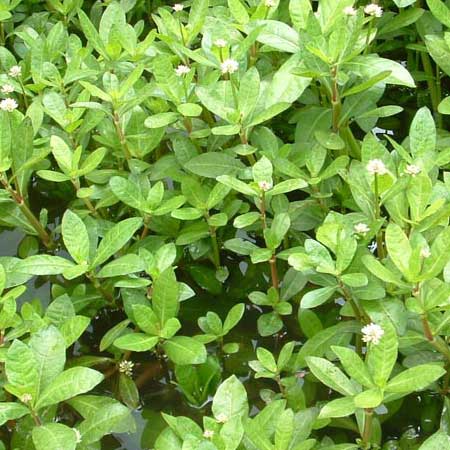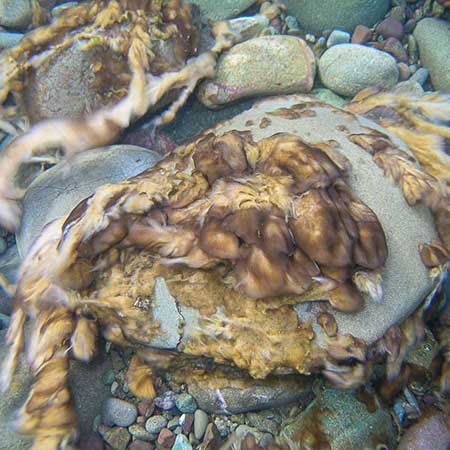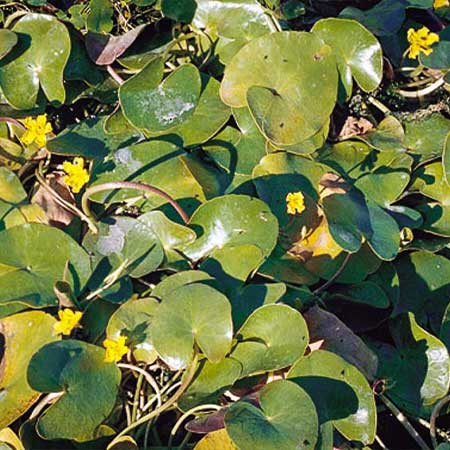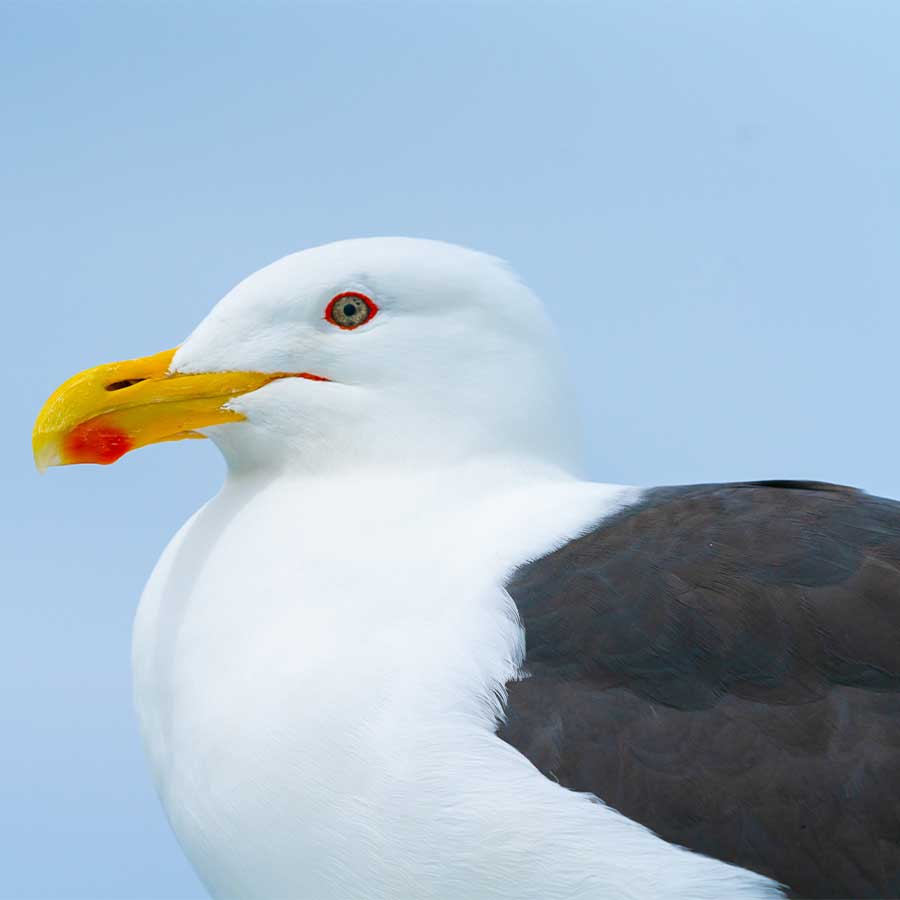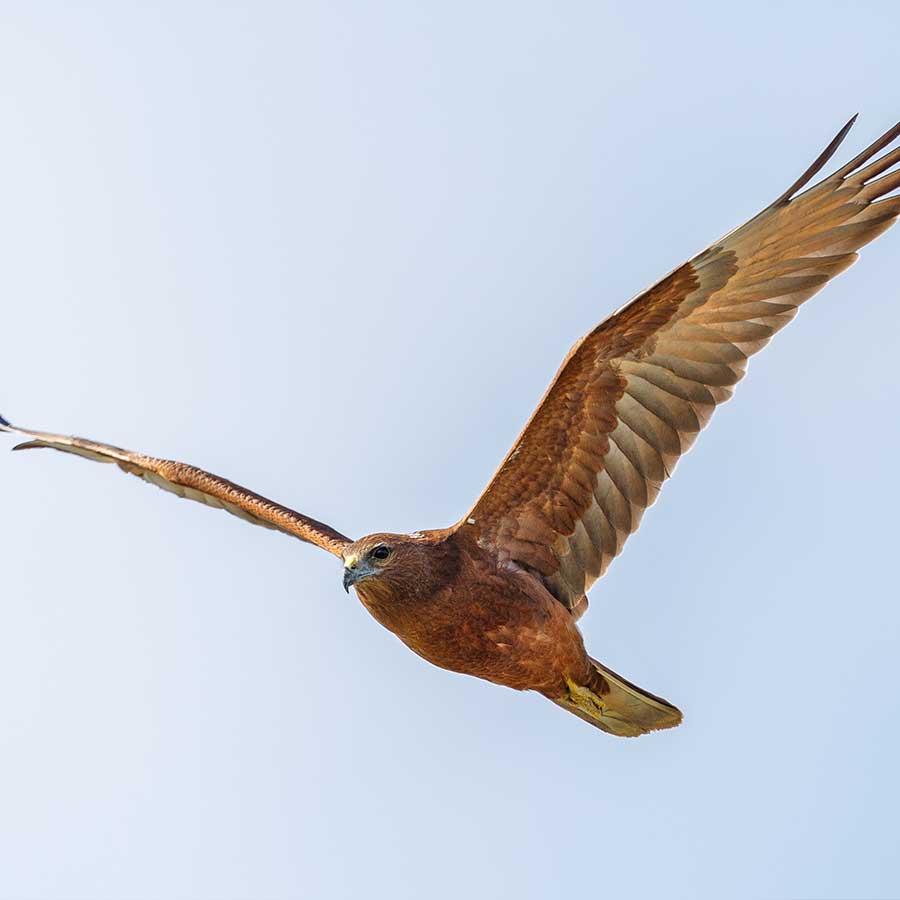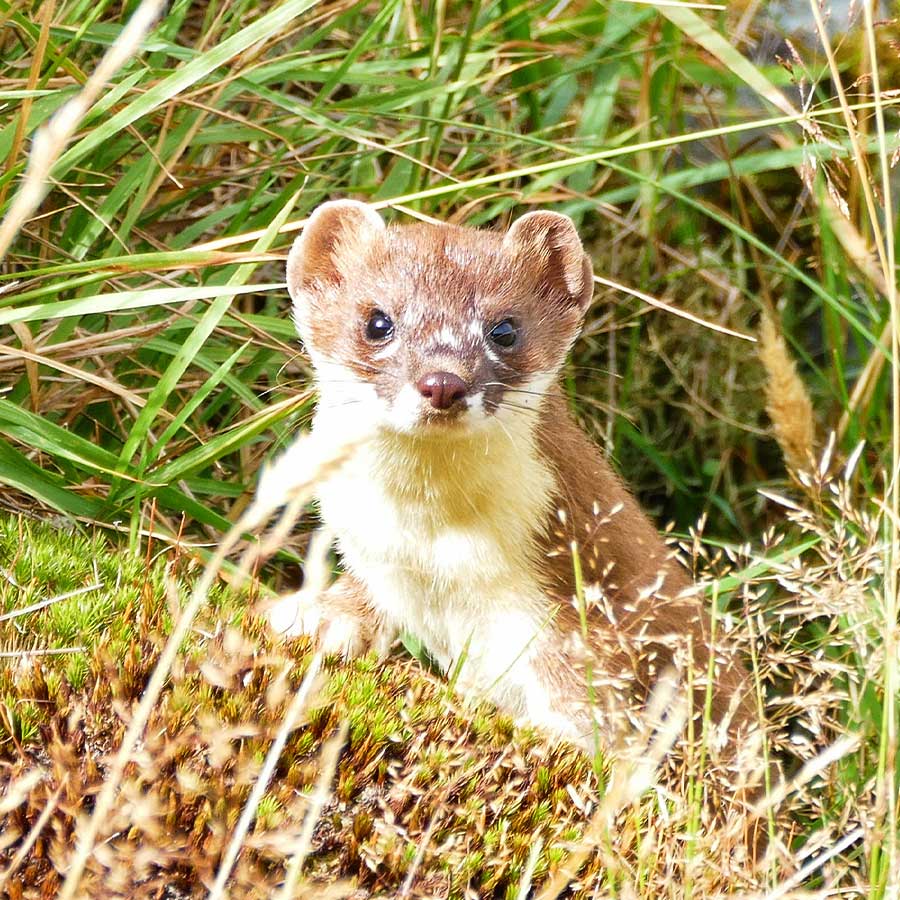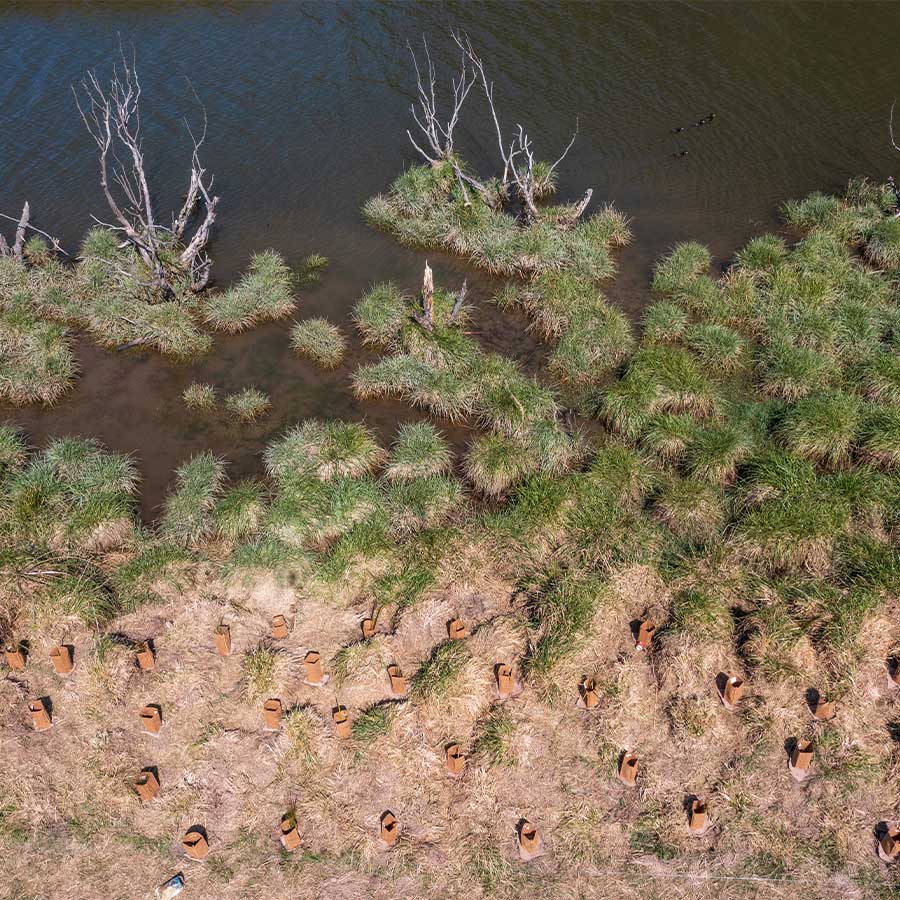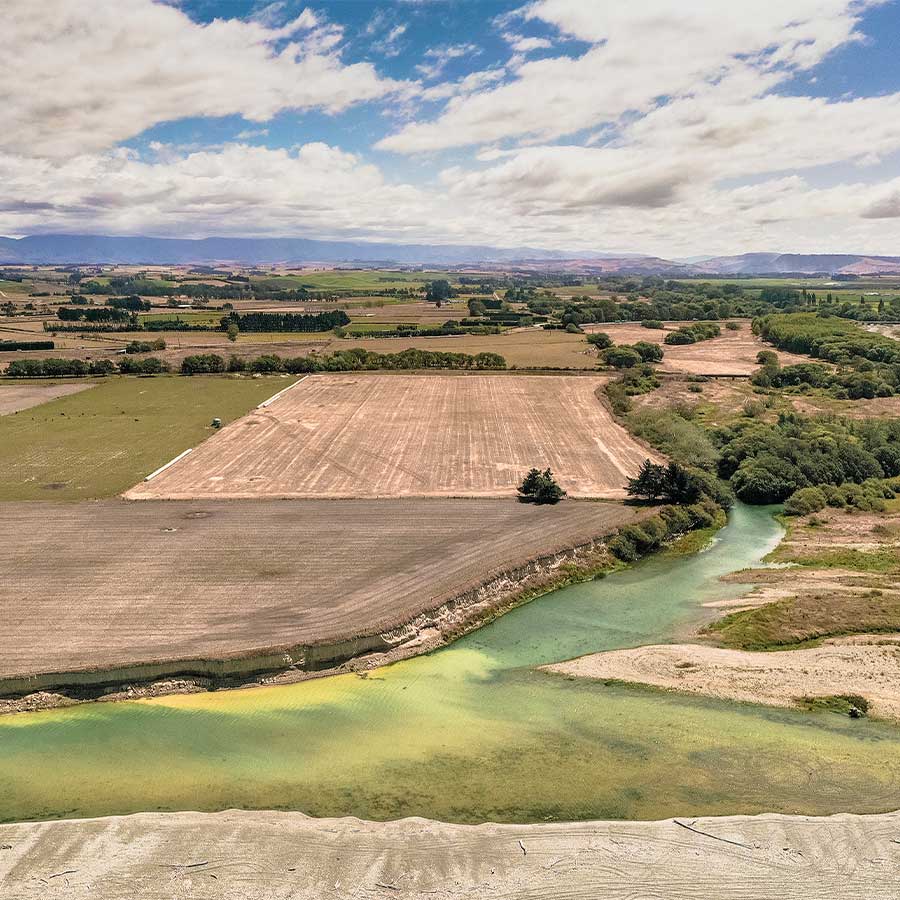We're joining a local organisation to increase flood protection measures along the Ōpihi River.
Braided river threats
All waterways carry their own mauri/life force and mana/authority, forming and influencing the landscape and the people who surround the awa/river. Today the mauri of our awa has declined, with losses in water quality and biodiversity from human-induced pressures.
Climate change, river confinement due to land development, flood control measures, invasive plants and animals and even recreational use have all altered the natural character of our braided rivers over time.
Managing the effects of these threats is crucial to reviving the mauri of braided rivers and protecting the values that mana whenua and community hold close is of utmost importance.
Climate change
By affecting the natural environmental patterns, climate change can cause significant harm to the fragile ecosystems of all our rivers, including our precious braided rivers.
In warmer weather, more water evaporates. With more water in the air, we experience heavier rainfall and an increase in flooding events. These events can damage life and property, decrease water quality and increase health risks.
More frequent droughts and shifting precipitation patterns can lower water levels in rivers, lakes and streams, leaving less water to dilute pollutants. Higher temperatures cause more frequent algal blooms and reduce dissolved oxygen levels, both which can devastate fish populations and do significant damage to the wider ecosystem.
The effects of climate change are likely to continue to increase, causing ongoing environmental disruption.
Weeds
Exotic (non-native) weeds can have a huge impact on native plants and animals in riverbeds.
Many of these weed species grow bigger and faster than our native plants and can choke them out, limiting nesting spots for native braided river birds such as ngutu parore/ wrybills, tarapirohe/ black-fronted tern, tarāpuka/black-billed gull, tōrea/South Island pied oystercatchers, kakī/black stilts and tūturiwhatu/banded dotterels. The weeds also provide unwanted cover for predators, further increasing the threat to birdlife.
By clogging water channels, binding and stabilising river gravels with their strong root systems, unmanaged weeds can also dramatically change the character of our braided rivers, creating fewer and deeper channels. This can significantly alter the habitat of native freshwater invertebrates, fish and wading birds which feed and breed in the gravel channels of these riverbeds.
Predators
Predation of riverbed nesting birds by introduced mammals is one of the major factors in the population decline of several species in our braided river environments. These predators may eat the eggs, chicks and even adult birds. Mammalian predators of riverbed nesting birds include feral cats, rats, weasels, ferrets, stoats and hedgehogs.
Off-lead dogs pose another danger to nesting birds, not only because they will eat eggs and chicks, but also because they may force breeding adults to abandon their nests.
Breeding colonies face dangers from the sky too. Southern black-backed gull/karoro and harrier/kahu are significant predators of breeding braided river birds, with predatory birdlife capable of wiping out whole colonies.
It’s not just the bird life that is under threat. Introduced predators also eat native invertebrates and lizards which provide food for many of our threatened native braided river bird species.
Flood and erosion control
Without intervention, the active channels of braided rivers naturally migrate back and forth over an area termed the braidplain – an essential characteristic that determines the natural character of these river systems.
However, in order to protect land and assets from flooding and channel migration, these rivers are constrained and controlled, in places, by flood defence works and erosion control measures.
Historically, engineering techniques have been applied with limited regard for impacts on ecosystem and natural character values.
In recent years, there has been a greater appreciation of the ecological implications of flood management interventions on braided rivers and a move to take a more holistic approach to river management.
Land development
Centuries of land development have adversely affected our braided rivers and their habitats.
This includes the abstraction of water and gravel, and habitat loss due to agricultural/forestry incursion and historic land use changes.
Over several decades, the fringes of some Canterbury rivers have been absorbed into expanding farms, resulting in the loss of thousands of hectares of braided river habitat to private development. Known as "agricultural encroachment", the incremental loss has resulted in significant loss of indigenous biodiversity, ecosystem health, natural character and flood resilience.
Our research found that nearly 12,000 hectares of Canterbury's river margins had been taken over by intensive farming between 1990 and 2012 (PDF file, 6.95MB). A later report showed the loss continued between 2012 and 2019, with a further 1252 hectares, or 178ha per year on average, being converted.
Conversion of river margins contributes to the loss of the natural character and ecological integrity of our braided rivers, by incrementally reducing the width of the braid-plain and/or physically restraining the river between artificially defined banks. By attempting to carry the same amount of water in a much narrower channel, there is an increased risk of flooding on developed land.
Recreational use
Our braided rivers are also highly valuable for a wide range of recreational activities and an important tourist attraction. Fishing, boating and swimming are just some of the activities that people enjoy on the rivers. In addition, their beautiful appearance and iconic nature are a huge draw for tourists.
Off-road vehicle use, fishing and even picnicking can disturb nesting birds. Beyond the physical threat of accidentally stepping on or running over eggs or chicks, prolonged disturbances may cause breeding adults to desert their nests.
For advice on how you can help our braided river ecosystems, the Department of Conservation (DOC) has this handy guide.
Featured news
Invasive weeds are being targeted through a four year project in Rakaia Gorge.
Part of the windswept Kaitōrete has been cleared of hedgehogs to protect vulnerable wildlife, in a proof of concept that’s thought to be a national first.
The community got a first-hand look at how black-fronted terns and black-billed gulls are being protected in North Canterbury.
Southern black-backed gull control is part of a regular, successful programme that has been ongoing for many years.

